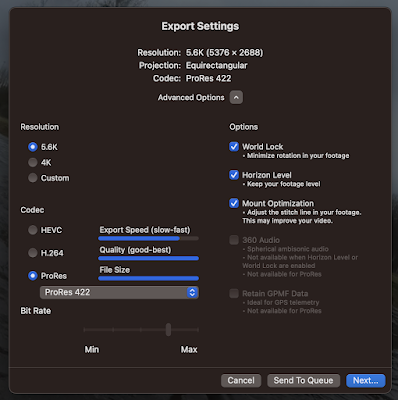- Create Phase folders in the Nodes area to capture the state of the codes at different phases.
- From initial readings develop an initial coding framework.
- Add the initial coding framework, i.e. add 'nodes' you anticipate using to code your data.
- Gather your Interviews or transcripts in word. Formatting may be used for later auto-coding ('noding'). Applying Header 1 for several standard structured questions (closed or open), and can also apply Header 1 for the completely open ended unstructured lines of questioning. Could also use Header 1 for categorical data, structural data, attributes (e.g. male, female, rural, urban, highest qualification, age range).
- Internal Sources. Add your transcripts, interviews and other data sources as separate files (word documents), ie. imported as internal documents. Organise them into separate folders or not. Folder structure might mimic the structure you've used in a file system.
- Alternatively you can include them as External Sources. The problem with external sources is that you lose the in-system coding and analysis capability. In this case the actual external source isn't accessible, rather the file/object you add to your Nvivo project is what is used for coding. So you'll need to add your own description or copy/paste some of the data in order to enable node coding and query/search etc.
- Refine and develop the nodes/codes after each phase of coding.
- Annotations are a bit hard to dig out but they are 'findable' via the query. Recommend using a keyword at the beginning of each annotation so that you can retrieve them all quickly. This is particularly handy if you use annotations as a place for developing ideas and your own writing.
- Memos are a kind of 'next step' beyond 'annotations' for your own writing. Memos are handy in terms of being part of the Nvivo interface, they can be organised, subsetted and otherwise subject to global query/search coding/noding etc.
- Memos are for secondary materials that you develop yourself. I use them as the starting point for my written analysis.
- Classifications are a mechanism for associating categorical data, usually categories from tabulations (see above). A classification would match categorical/quantitative values with associated interview/observation or otherwise less structured matching data; done via a matching key as unique data index.
- Query/search is a mechanism for more mechanical questioning of your data. Sifting motivated by defined questioning that can be expressed in terms of more and more complex search queries. Can use boolean and search logic to build up queries. Query/searches can be saved. Results of query/search can also be saved as 'coded' nodes, or as 'Collection' sets.
- Collection sets are more static versions or results from the data. They aren't usually incorporated into future query/search or dynamic node logic.
 |
| Magic step: interview files with same name as index in categorical excel 'table' can be automatically 'joined'. |
Adding Sources: (link)
Adding a new internal.
Q: Can I format the internal within Nvivo Mac? For example, add heading1, heading2 to structure the document or should I do this kind of formatting before bringing it into Nvivo Mac?
A: When in edit mode, click on the 'home' tab and use the 'styles' group. (link)

